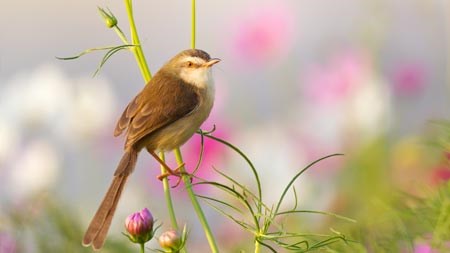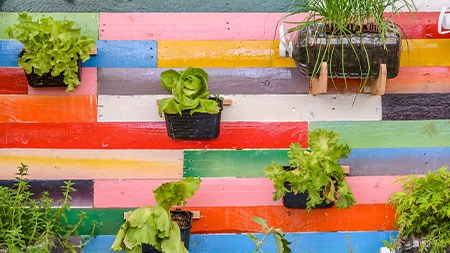Homeowners can derive much pleasure from a garden with an abundance of birds. The good news is that all gardens can be adapted to host a variety of bird life.
A win-win situation, gardening for birds isn’t just about giving a little back to the planet it’s also about enhancing the environment for the homeowner through the pleasure, entertainment and birdsong that comes with it.
The good news is that even the smallest garden space can be adapted to host a diversity of birds and other animal life with a little planning. And planning starts by taking into account that much like us, birds need the basics - food, water, security and nesting space - to become happy residents.
The purists recommend providing as much of this as possible by offering them a natural and appealing habitat – introducing indigenous, bird-friendly plants into the garden to provide food, cover, shelter, natural nesting sites and nesting materials. Although the country is divided into many climatic zones, there are plants suited to each area that cater very well to birds’ needs. Try these for starters:
For seed eaters:
Start by planting a bag of mixed bird seed – a lucky packet for seed eaters! Add grasses and flowers including Setaria grass, Natal red top (Melinis nerviglumis), love grass (Eragrostis capensis), sunflowers and wild daisies.
For fruit eaters:
Start with fruit producing plants including pawpaw, wild banana, wild pomegranate, wild peach (Kiggelaria africana), wild figs and, space allowing, mix in some of the following: tree fuchsia (Halleria lucida) dune crow-berry (Rhus crenata), wild olive (Olea europaea subsp africana), Mickey Mouse bush (Ochna serrulata), white stinkwood (Celtis africana), African dog rose (Xylotheca kraussiana), bride’s bush (Pavetta lanceolata) or indigenous dogwood (Rhamnus prinoides).
For nectar eaters:
Aloes are always a big drawcard, as is watsonia, Cape honeysuckle (Tecoma capensis), tree fuchsia (Halleria lucida), lion’s ear (Leonotis), bird flower (Crotalaria), Phygelius aequalis, Phygelius capensis, weeping boerbean (Schotia brachypetala), red hot pokers (Kniphofia) and Wachendorfia.
Carnivorous birds:
Start with those that peck on tiny insects and worms (helping aerate lawns and keep gardens pest free) and progress to those which feast on fish, rodents, reptiles and other birds. The first step in attracting and protecting these is to refrain from using any pesticides in your garden as these will be harmful to birds and insects. Regular mulching with leaves and bark provides an incubator of insects for birds to feed on (as well as retaining moisture in the soil and helping prevent weed growth) while leaving fallen leaves and logs will provide a micro-habitat for insects, grubs and worms too. Introducing a pond, with fish and frogs will delight the local kingfishers, and in turn the proliferation of birds in your hood, will feed the larger birds of prey.
Nesting and roosting sites
These are important in a bird garden too, and although not every garden has space for trees such as the fever tree (Acacia xanthophloea), Henkel’s yellowwood (Podocarpus henkelii), sweet thorn (Acacia karoo), buffalo thorn (Ziziphus mucronata) or karee (Searsia lancea), creepers such as the black-eyed Susan, grasses and bulrushes also add great value.
If you do have space consider installing an owl box somewhere on your property and simply leave dead logs and tree trunks in protected places where barbets and woodpeckers can make their nests.




